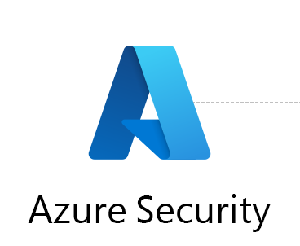The Microsoft Cloud Security Benchmark (MCSB) is a set of best practices and recommendations provided by Microsoft to help organizations strengthen the security of their cloud environments. MCSB focuses specifically on security controls and configurations within Microsoft Azure and Microsoft 365, offering guidance for implementing security measures that align with industry standards and Microsoft’s expertise.
MCSB covers a wide range of security domains, including identity and access management, network security, data protection, threat detection, and incident response. It provides organizations with a framework to assess and improve their cloud security posture, reduce risk, and protect their data and assets.
Here are some examples of Microsoft Cloud Security Benchmark areas and their usage:
- Identity and Access Management (IAM): MCSB provides recommendations for securing identities, implementing multi-factor authentication (MFA), managing privileged access, and enforcing strong password policies. It includes best practices for configuring Azure AD, Azure AD Conditional Access, Azure AD Privileged Identity Management (PIM), and Azure AD Identity Protection.
- Network Security: This area focuses on securing network connections and controlling traffic within Azure. MCSB offers guidance on implementing network security groups (NSGs), configuring virtual network (VNet) peering and network segmentation, and utilizing Azure Firewall and Azure DDoS Protection.
- Data Protection: MCSB provides recommendations for protecting data at rest and in transit. It covers encryption, data classification, and Azure Information Protection. It also includes guidance on securing Azure Storage, Azure SQL Database, and Azure Key Vault.
- Threat Detection and Incident Response: This area focuses on proactive threat detection and effective incident response. MCSB offers recommendations for configuring Azure Security Center, Azure Sentinel, Microsoft Defender for Endpoint, and Microsoft Cloud App Security. It includes guidance on setting up security alerts, conducting threat hunting, and responding to security incidents.
The usage of MCSB involves the following steps:
- Assess current security posture: Evaluate your organization’s current security controls and configurations within Azure and Microsoft 365 to identify any gaps or areas for improvement.
- Align with the benchmarks: Review the MCSB documentation and compare it against your current environment. Identify the relevant security controls and configurations that apply to your organization.
- Implement recommended controls: Follow the step-by-step guidance provided by MCSB to configure the security controls and settings within Azure and Microsoft 365. This may involve modifying existing configurations or deploying new security features.
- Continuously monitor and update: Regularly review and update your security configurations to align with the latest MCSB recommendations. Stay informed about emerging threats and vulnerabilities and apply patches and updates accordingly.
- Periodic assessment and improvement: Conduct regular assessments to measure the effectiveness of your security measures and identify any new risks or areas for improvement. Adjust your configurations and controls as needed.
By leveraging the Microsoft Cloud Security Benchmark, organizations can adopt a proactive and systematic approach to securing their cloud environments. It provides a comprehensive set of best practices and recommendations that align with Microsoft’s security expertise, helping organizations build robust and resilient cloud security architectures.
